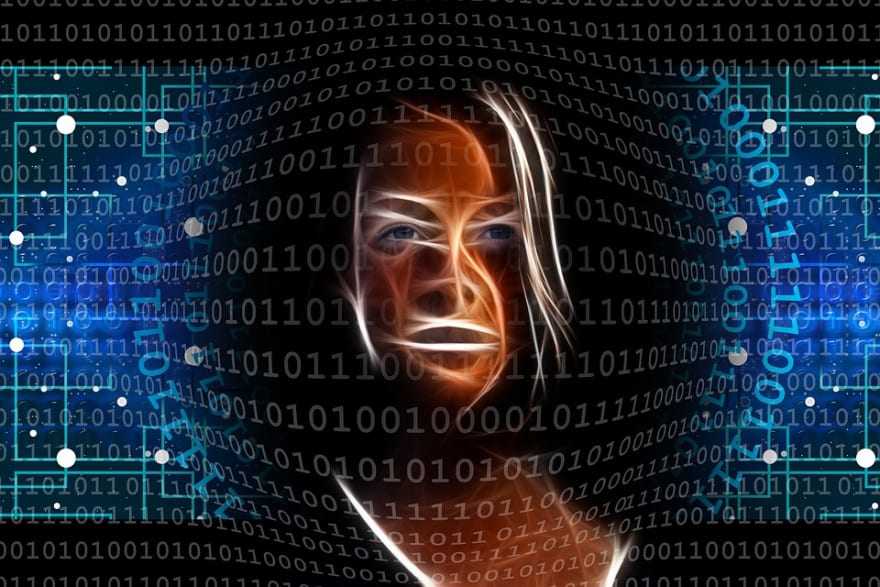
Transcription has been with us for a long time, but the industry has changed dramatically in the last decade. This is due to advancements in technology, which have subsequently led to the emergence of AI-driven transcription apps such as Trint, Otter, and Wreally.
Since automated transcripts are machine-generated, they are quick to accommodate and can deliver in an hour or maybe even less for short files. This puts automated video subtitles and transcription services at a huge advantage against human transcription – where it could take a couple of days to convert a video recording into a transcribed document.
What Is Transcription?
Transcription is the process of translating speech into readable text. Transcriptions may be created from online videos, as well as podcasts, films, webinars, interviews, news footage, and speeches. It can take a large amount of time to transcribe something especially if you are doing it manually.
Why You Should Transcribe Your Videos
Improved Accessibility
Transcription is one of the best ways to enable hearing-impaired people to access and understand your video content. Video transcription also makes it easier to translate videos into other languages. Users who speak another language can read a transcript in their preferred language, instead of watching the video.
Improved User Experience and Understanding
Transcription allows consuming video content without the use of audio in a sound-sensitive environment. Transcription also lets users skim the content before watching the video. It can also help website visitors find the right video by searching for a keyword used within the video.
Improved Product Value
Video transcripts can help increase the revenue of a paid product, such as a paid-access webinar. The transcription can be included as part of the main product, or present it as an add-on option for an additional fee.
Multiple Use Cases
A high-quality video transcript can be shared on other mediums or used to create other types of content such as blog posts, eBooks, emails and more. A transcript may also help you create additional videos that elaborate or answer questions about the first video.
What are the Different Kinds of Transcription?
Manual transcription
The most traditional form of transcription is manual transcription. Manual transcription involves listening to audio or video files and then typing the words into a document. Many people choose this option because there is no associated cost. The cost equates to much an individual values their time.
Transcriptionist or Video Transcription Services
Creating your own online video transcript or using software may cost less, but it takes time, and accuracy isn’t guaranteed. Hiring a transcriptionist or online video transcription service may provide the most value and convenience. Transcription services use technology to convert speech to text. This kind of service is secure, offers high accuracy, and provides a quick turnaround.
Automated Transcription
This process is significantly faster than transcribing manually. Automated transcription involves the conversion of video content as a whole and automatically produces electronic text at a lesser cost and with quick turn-around time.
Automated Transcription Benefits
Automated transcription has come a long way in the last few years. Let’s look at some key benefits of automated transcription.
Manual transcription can take hours or even days, automated transcription can be completed in minutes.
Automated transcription is secure. Transcription is done entirely by machines and no human can ever see the audio or video file, nor the transcript
Automated transcription is relatively inexpensive. Traditional transcription services can cost anywhere from $60 to $100 per hour of audio or video, automated transcription costs much less.
With really clear, crisp audio, the accuracy of the transcript can be upwards of 95-98%.
What Makes Automated Transcription Possible?
Automated transcription is possible because of artificial intelligence and natural language processing. Each file and every sound is analyzed and interpreted using artificial intelligence and natural language processing.
Automated technology is then used to match sounds to words to derive accurate transcripts. Some technologies support different languages and varying English accents.
The market for AI-based transcription is split between large startups, who are each approaching the market differently. Larger players tend to offer speech-to-text as an API, as part of a larger product, or as an enterprise-level offering. Startups, on the other hand, are exploring business models to sell transcription software as a service directly to consumers and small businesses.
Some companies, acknowledge the limited abilities of computers today, offer hybrid human and AI transcription services, or tools that let the user manually “polish” the transcription if it’s taken from a recording.
While a few companies focus specifically on one subset of users like medical transcription, most are casting a wide net and either offering general-purpose software or several different products for different market segments.
Conclusion
We are several years away from error-free automated transcription, but the technology continues to improve day after day. As more and more people turn to automated transcription, more voice data is collected and analyzed. The result is improved speech-to-text algorithms and more accurate transcripts.
In the meantime, there are many ways to get the most out of automated transcription in its current state. Most of that requires users to capture high-quality audio and video. Reducing background noise, multiple speakers talking over each other, and swallowed words can greatly increase the accuracy of the automated transcription.


Top comments (0)